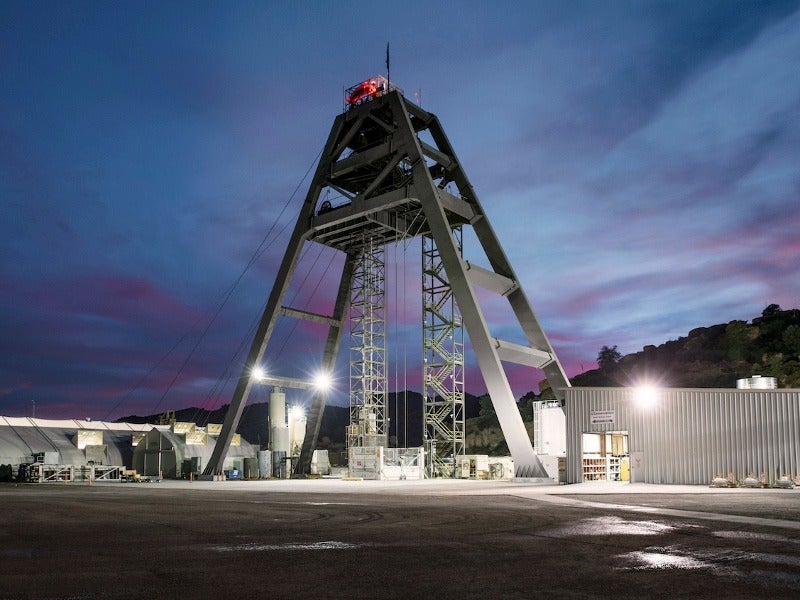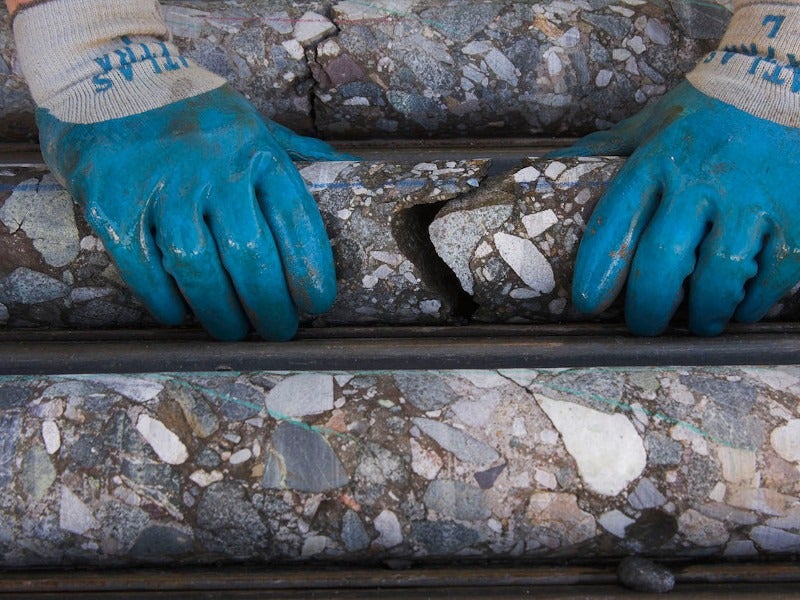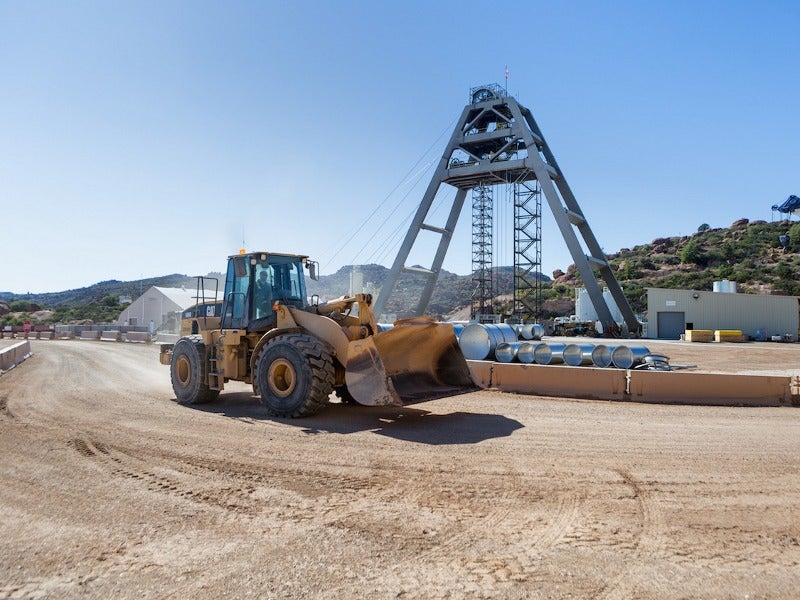The Resolution copper project is a deep-earth mining operation under development at Arizona, US. Considered as one of the world’s biggest undeveloped copper projects, the Resolution mine has the potential to become one of the world’s largest copper mines when it starts production.
Resolution Copper Mining (RCM), a joint venture owned by Rio Tinto (55%) and Broken Hill Proprietary Company (BHP A), is developing the project. RCM became the operator of the project in 2004, following the acquisition of the project assets from BHP Billiton.
RCM has invested more than $2bn for the development of Resolution since 2004, including the $302m investment made by Rio Tinto in April 2019, making it one of the largest investment projects to be undertaken in the history of Arizona.
Construction on the project is anticipated to be commenced at the end of 2019 and is estimated to take ten years for completion. The project is anticipated to produce approximately 25% of the US copper demand a year through its anticipated production life of 40 years.
The project is expected to receive permission from the United States Forest Services by May 2019. It is expected to create more than 3,000 jobs during construction and approximately 1,400 jobs during operations.
Current development works at Resolution Copper project
RCM is currently restoring and extending the historic No. 9 shaft, constructed in 1971, from the current 4,800ft to 7,000ft. The shaft will be connected to the newer No. 10 shaft, which lies 6,943ft below ground.
In addition to creating a second egress route between the two shafts, the connection of shafts will also improve ventilation at the underground project. The restoration and deepening works are anticipated to be completed in 2021.
Resolution copper project location, geology, and mineralization
The Resolution copper project is located 97km from Phoenix, near the town of Superior, and lies approximately 7,000ft below the surface.
It is hosted within a cluster of porphyry copper deposits, which are centered in east-central Arizona. Complex cratonic architecture is predominant at the copper cluster, which is believed to have formed above the sub-ducting Farallón plate from Late Cretaceous to the Eocene period.
The local geologic columns identified at Resolution include the Pinal Schist, Apache Group and Troy Quartzite, Diabase sills, Paleozoic sedimentary rocks, and cretaceous sedimentary and volcanic rocks.
Resolution copper project reserves
The Resolution copper project is expected to contain mineral resources of 1.7 billion metric tons, grading 1.52% Cu.
Mining and ore processing at Resolution copper project
Panel caving method of mining, a variation of block caving, will be used to extract ore from the mineralization zone. The mining method enables the extraction of larger volumes of ore through the division of the deposit into smaller strips or panels.
The project is anticipated to produce between 51,000 and 115,000 tons per day (tpd) of ore tons, grading more than 1.5% Cu.
Ore will be initially crushed underground and delivered to the new concentrator complex, at the west plant site (WPS), through conveyors. The concentrator will apply conventional sulfide processing techniques to process the ore at a nominal rate of 132,000tpd and is estimated to have a maximum capacity of 165,000tpd.
The ore will undergo grinding and froth flotation to recover copper and molybdenum. The produced copper slurry will be transported to the filtration plant near Magma, in a pipeline, for final filtration. The filtered product will be transported to the train loadout facility for shipment to domestic and/or global markets.
Molybdenum concentrates produced at Resolution will be packed in bags at the concentrator and trucked to the market.
Infrastructure facilities at Resolution copper project
The Resolution project is located adjacent to the State Highway 60 and lies close to existing access roads, an existing railroad line, and power transmission lines.
Power supply for the mining and ore processing activities will be provided by SRP, a local electricity provider.
Potable water supply to the east plant site (EPS) will be provided by the Arizona Water Company system at WPS and the existing potable water system within Shaft 9. A pipeline in the Never Sweat Tunnel will be used to transport water from the WPS.
The project also hosts a water treatment facility in addition to mine dewatering infrastructure to pump and treat the water obtained through underground mine dewatering.
The generated tailings will be delivered to the storage facility through a distribution pipeline.
Contractors involved
Hatch is providing engineering, project, and construction management (EPCM) services for the refurbishment of the existing No. 9 shaft and other deep works related to the No.10 shaft.
Cementation, an underground mine contracting and engineering company, was awarded the contract to conduct rehabilitation works at the No.9 shaft of the Resolution mine.
RSV Group was engaged for detailed design and project management for the No. 9 shaft dewatering and No. 10 shaft project. The contractual scope also includes the design of the No. 10 shaft headframe and shaft sinking hoisting plant and design of the No. 9 Shaft pipe support system for the deep-well dewatering pumps.
It is also responsible for the pre-feasibility studies for the proposed shaft hoisting, ore handling system, shaft infrastructure, electrical power supply and distribution, ventilation and refrigeration, and surface and underground services.





